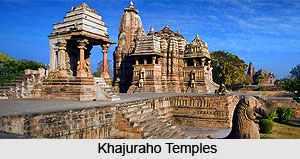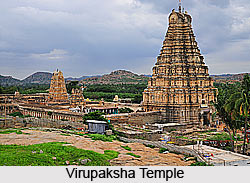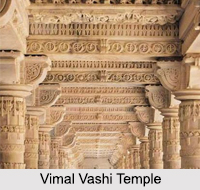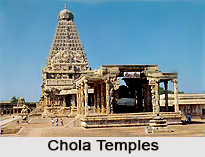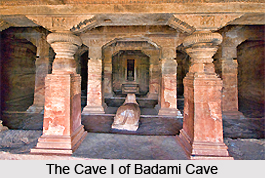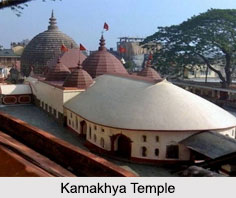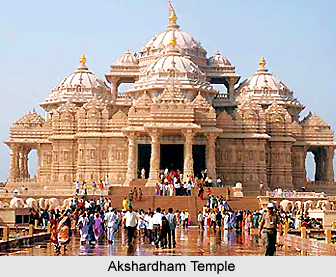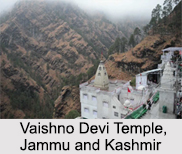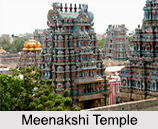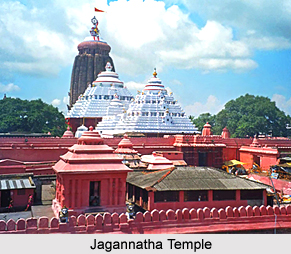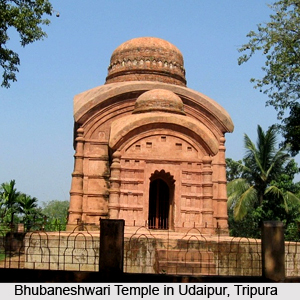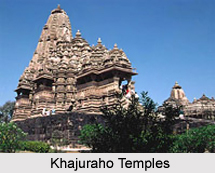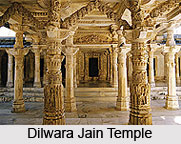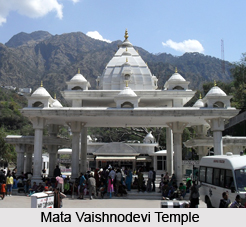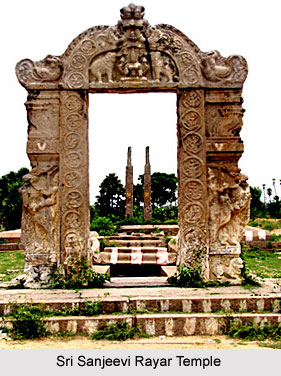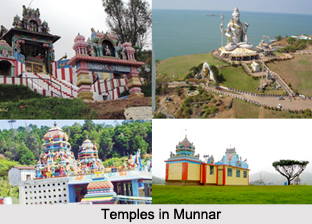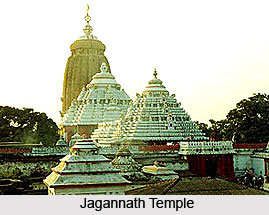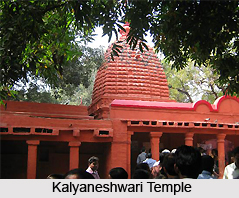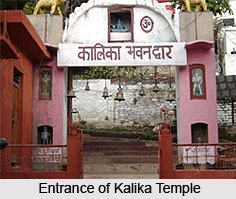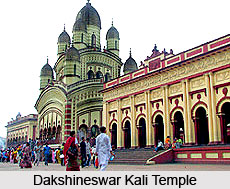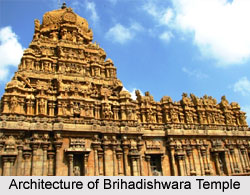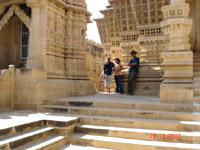 Jaisalmer or the golden city is also a famous place of historical interest for the beautiful temples and the cultural heritage of the place. These temples are very old and high pilgrimage and has an important archaeological value attached to them. There are a group of Jain temples dating back to 12th and 15th centuries. These temples are dedicated to different Jain Tirthankaras or Hermits. Various animal and human figures, carved in the famous Dilwara style are exhibited on the walls of the temples.
Jaisalmer or the golden city is also a famous place of historical interest for the beautiful temples and the cultural heritage of the place. These temples are very old and high pilgrimage and has an important archaeological value attached to them. There are a group of Jain temples dating back to 12th and 15th centuries. These temples are dedicated to different Jain Tirthankaras or Hermits. Various animal and human figures, carved in the famous Dilwara style are exhibited on the walls of the temples.
These temples are famous all over the world for their architecture. These temples are built on the Dilwara style, which originated its name from the famous `Dilwara Temples` situated on Mount Abu of Rajasthan.
The Jain temples in the Jaisalmer Fort are dedicated to Rikhabdevji and Shambhavdevji. They were the famous Jain hermits who were known as the Tirthankaras. Resembling all other structures in Jaisalmer, these temples are carved of yellow sandstones.
Visitors are allowed to visit the temple throughout the morning till 12noon.
